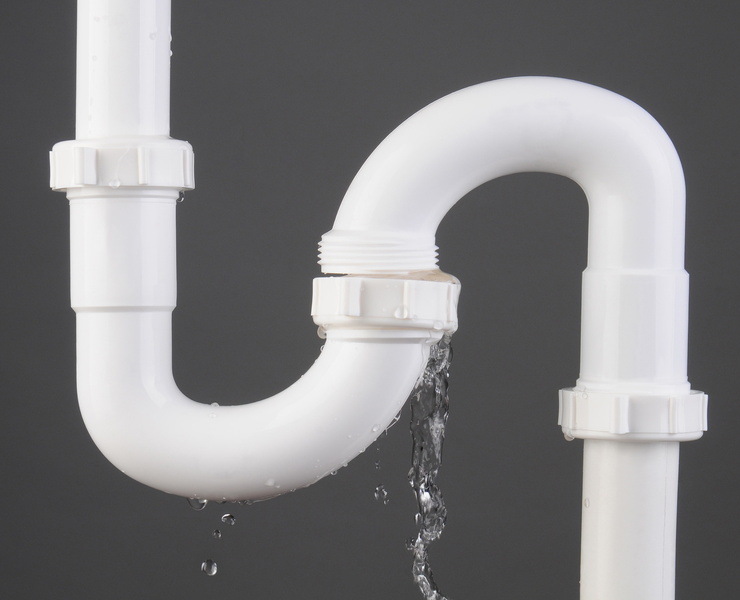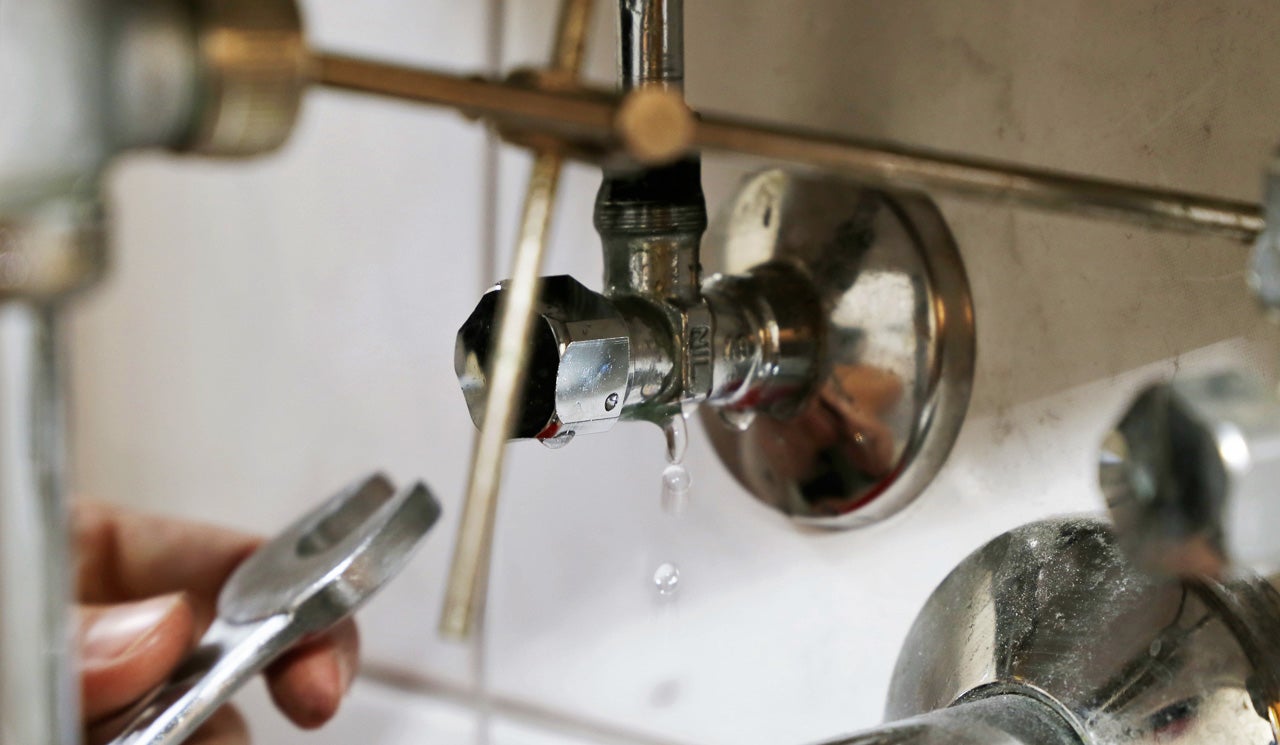6 Methods to Detect Hidden Water Line Leaks Efficiently
6 Methods to Detect Hidden Water Line Leaks Efficiently
Blog Article
Do you find yourself trying to find facts on Detecting hidden plumbing leaks?

Early detection of dripping water lines can minimize a possible calamity. Besides conserving you money, it will reduce the worry and stress. The moment you locate a leakage, calling your plumber for repairs is the best option. Nonetheless, some tiny water leaks might not show up. If you can not find it with your naked eyes, right here are some hacks that assist.
1. Analyze the Water Meter
Every house has a water meter. Examining it is a surefire way that assists you find leaks. For beginners, turn off all the water sources. Make certain nobody will certainly flush, make use of the faucet, shower, run the cleaning machine or dish washer. From there, go to the meter and watch if it will certainly change. Given that no one is using it, there need to be no movements. If it relocates, that indicates a fast-moving leakage. Also, if you identify no changes, wait a hr or two and inspect back again. This indicates you may have a sluggish leak that might even be underground.
2. Examine Water Usage
Examine your water expenses and also track your water usage. As the one paying it, you should see if there are any discrepancies. If you spot sudden changes, in spite of your usage coinciding, it implies that you have leakages in your plumbing system. Bear in mind, your water bill need to fall under the very same variety on a monthly basis. An unexpected spike in your bill suggests a fast-moving leak.
A consistent increase every month, also with the exact same practices, reveals you have a slow leak that's also gradually escalating. Call a plumber to extensively examine your property, especially if you really feel a cozy area on your floor with piping beneath.
3. Do a Food Coloring Test
30% comes from commodes when it comes to water consumption. Examination to see if they are running properly. Decrease flecks of food color in the container and wait 10 mins. If the shade somehow infiltrates your dish throughout that time without flushing, there's a leak in between the tank as well as dish.
4. Asses Exterior Lines
Do not neglect to examine your outdoor water lines too. Should water seep out of the connection, you have a loosened rubber gasket. One little leakage can throw away loads of water and spike your water bill.
5. Assess the scenario and also check
Home owners need to make it a routine to inspect under the sink counters and even inside cabinets for any kind of bad odor or mold and mildew development. These 2 red flags indicate a leak so timely interest is required. Doing regular examinations, also bi-annually, can conserve you from a major issue.
Check for stainings and also weakening as many pipelines and also home appliances have a life expectancy. If you presume leaking water lines in your plumbing system, do not wait for it to rise.
Early detection of dripping water lines can minimize a possible catastrophe. Some small water leakages may not be noticeable. Checking it is a guaranteed means that aids you discover leakages. One little leak can throw away heaps of water and surge your water expense.
If you believe dripping water lines in your plumbing system, don't wait for it to intensify.
How to Know If Your Home Has a Hidden Leak
Water Meter Reveals Inexplicable Water Usage
If you’d like to test whether or not there’s a leak somewhere in your home, you can do this using your water meter. Here is how to conduct the test:
Don’t use any water in your home for at least 30 minutes; this also means not turning on faucets or water-using appliances.
Go outside, and check your water meter for activity.
If your water meter shows that there was activity, even though no one was using any water, this proves that there is a leak in your home.Visible Mold or Mildew Growth
Leaks behind walls create moist, dark environments that allow mold and mildew to grow and thrive. Eventually, you might see mold growth forming on the wall closest to a hidden leak.
If mold is growing in an area that receives a high amount of moisture, such as a bathroom, it may simply be an indication that better ventilation is needed. However, if you see mold growth on a wall or the ceiling in an area where you would not expect, you probably have a hidden leak.
Musty, Mildew Odor
Sometimes you might not be able to see the mold or mildew that is growing as a result of a leak. However, the smell can give the problem away just as easily. If you catch a whiff of something musty, there’s a good chance that old water is collecting somewhere in your home that you can’t see.
Stained/Warped Walls, Ceilings, or Floors
When your home soaks up water, a variety of red flags can become visible, including ceiling stains, bubbling drywall, warped walls, and sagging floors. While these issues can be caused by excess humidity, they can also be signs that a pipe or plumbing connection has started leaking behind your walls.
Inexplicably High Water Bill
After a while, you get a general sense for what your water bill should be. If you own a pool or sprinkler system, your bill will tend to be higher during summer. However, if you receive a water bill that seems especially high, and you can’t figure out what caused it, then you may have a hidden leak somewhere that’s increasing your bill.
https://www.plumbingjoint.com/blog/2019/july/how-to-know-if-your-home-has-a-hidden-leak/

As a keen reader on Leaking water lines, I was thinking sharing that excerpt was sensible. Sharing is good. You won't know, you may very well be doing someone a favor. Thanks so much for your time invested reading it.
Schedule And Pricing Report this page